A seven-judge Bench of the Supreme Court laid down in a 4-3 majority verdict a “holistic and realistic” test to determine the “minority character” of an educational institution that would ensure special protections under Article 30.
Timeline and Background of Aligarh Muslim University’s (AMU) Case
|
|---|
|
|---|
Centre’s Argument Against Aligarh Muslim University’s (AMU) Minority Status
|
|---|
This verdict is historic as it reshapes the interpretation of Article 30 of the Constitution, and marks a pivotal moment in the ongoing debate over the rights of minority educational institutions in India.
Recently, The President of India inaugurated the first Asian Buddhist Summit organised by the Union Culture Ministry and the International Buddhist Confederation in New Delhi.
Tripitaka
|
|---|
 He questioned the authority of the Vedas.
He questioned the authority of the Vedas.
India continues to play a vital role in preserving and promoting Buddha Dhamma, blending cultural heritage, academic initiatives, and diplomatic efforts. This commitment not only honors its historical legacy but also fosters global peace and unity through the timeless teachings of the Buddha.
The National Commission for Backward Classes has recommended to the Union Government the inclusion of at least seven castes and their synonyms from Maharashtra in the Central List of Other Backward Classes.
The National Commission for Backward Classes (NCBC)
|
|---|
The US Federal Reserve recently cut interest rates by 25 basis points, marking its second reduction in 2024.
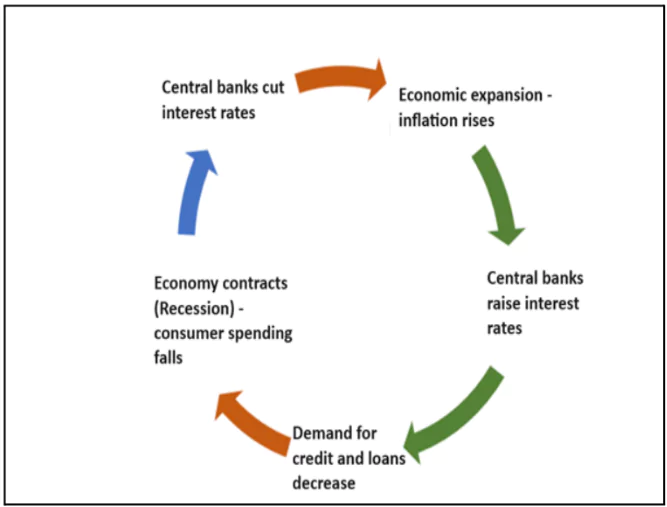
The United Nations Environment Programme’s (UNEP) Adaptation Gap Report 2024, titled Come Hell and High Water, has underscored the urgent need for a drastic increase in climate adaptation efforts, especially through committed financial support at COP29.
About Adaptation Gap Report
|
|---|
Characteristics of Transformational Adaptation
|
|---|
COP29 of UNFCCC
This event aims to accelerate global action on climate change with Key focuses on:
|
|---|
The Karnataka Waqfs Board has claimed 17 monuments inside the historic Bidar Fort ( including, the 16 Khamba mosque, 14 tombs of various Bahmani rulers etc) as their property.
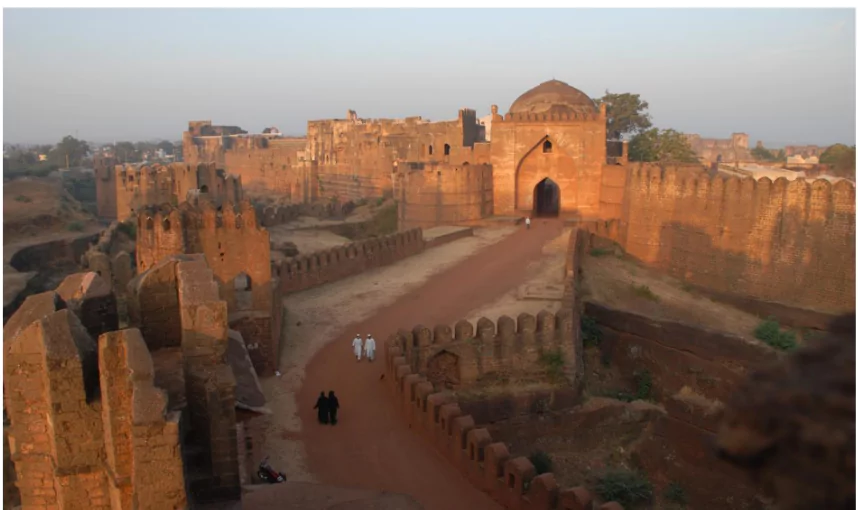
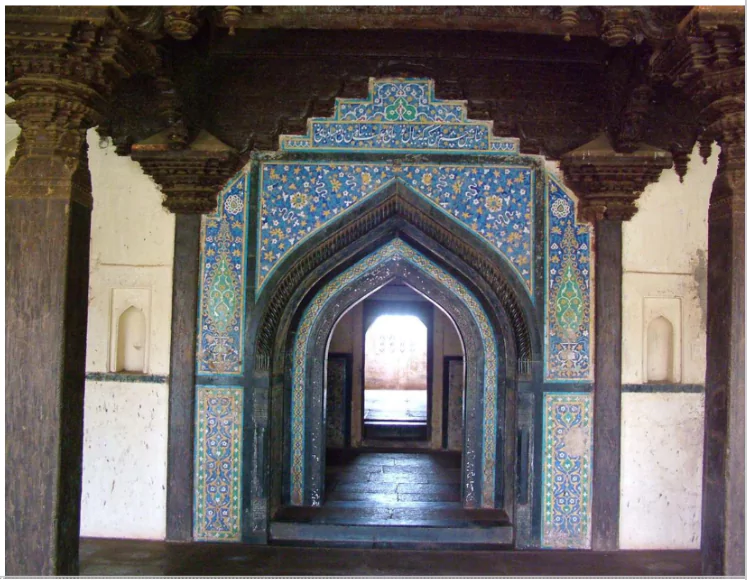 Palaces: Both the Takht Mahal and Rangeen Mahal are built around rectangular courtyards. The Fort Complex also houses Gagan Mahal and Tarkash Mahal which are in ruins.
Palaces: Both the Takht Mahal and Rangeen Mahal are built around rectangular courtyards. The Fort Complex also houses Gagan Mahal and Tarkash Mahal which are in ruins.
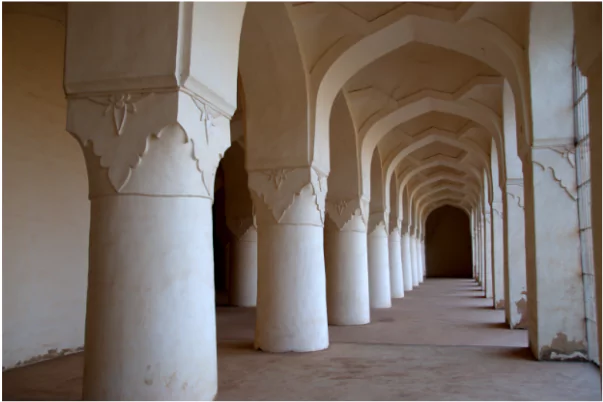 The Solah Khamba Masjid (16 Pillars mosque): It is said to have been built in 1423-24 A.D. by Qubli Sultani.
The Solah Khamba Masjid (16 Pillars mosque): It is said to have been built in 1423-24 A.D. by Qubli Sultani.
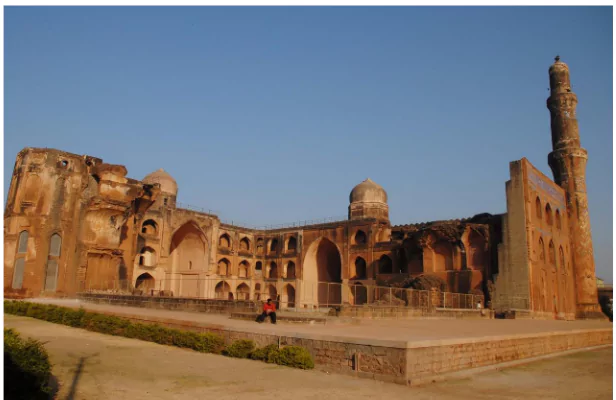 Mahmud Gawan Madrasa: It was built in 1472 by Gawan (prime Minister/wazir) , is considered as one of the oldest and most influential Islamic educational institutions in India. The structure is protected by the Archeological Survey of India (ASI).
Mahmud Gawan Madrasa: It was built in 1472 by Gawan (prime Minister/wazir) , is considered as one of the oldest and most influential Islamic educational institutions in India. The structure is protected by the Archeological Survey of India (ASI).
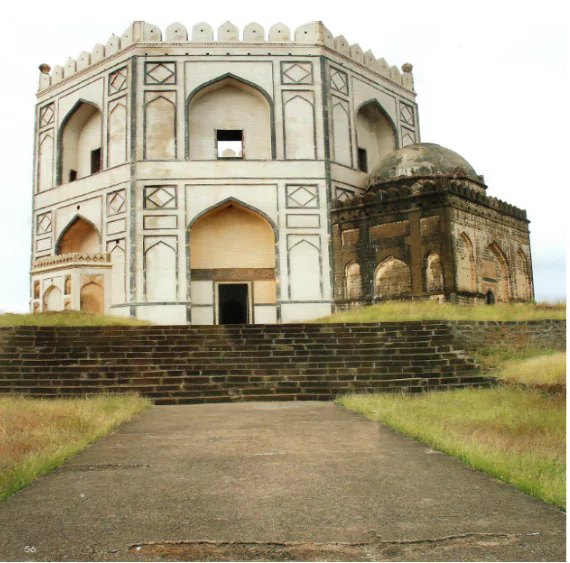 Ashtur Tombs: The Royal Necropolis of ten Bahmani rulers is situated in Ashtur village near Bidar city. The tomb’s interior is adorned with splendid paintings reflecting Deccani and Asian style of art.
Ashtur Tombs: The Royal Necropolis of ten Bahmani rulers is situated in Ashtur village near Bidar city. The tomb’s interior is adorned with splendid paintings reflecting Deccani and Asian style of art.
The Bahmani Dynasty
|
Thuingaleng Muivah, the general secretary of NSCN-IM, issued a strong ultimatum to the Indian government, warning of a potential resumption of armed resistance if the 2015 Framework Agreements are not respected in “letter and spirit”.
The recent Anti-Terror Conference 2024 highlighted the crucial role of the National Investigation Agency (NIA) in India’s counter-terrorism efforts.
Context: On World Post Day (9 Oct, 2025), the Department of Posts, Government of India released commemorative postage stamps.
Context: INS Talwar, a frontline stealth frigate of the Indian Navy, reached Simon’s Town, South Africa, on 6 October 2024.
Context: The Union Cabinet approved the development of NMHC at Lothal, Gujarat.
Additional Reading: National Maritime Heritage Complex (NMHC)
Context: Project Shaurya Gatha was launched by Chief of Defence Staff General Anil Chauhan during the Indian Military Heritage Festival (IMHF).
Context: The Union Home Minister inaugurated the second Anti-Terror Conference 2024 in New Delhi emphasising the Government of India’s commitment to eradicating terrorism with a zero-tolerance approach.
Context: Brazil’s Amazon rainforest experienced a significant 30.6% decrease in deforestation compared to the previous year.
<div class="new-fform">
</div>